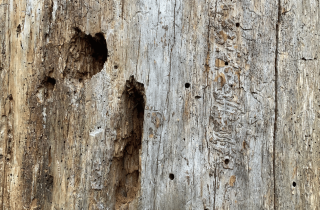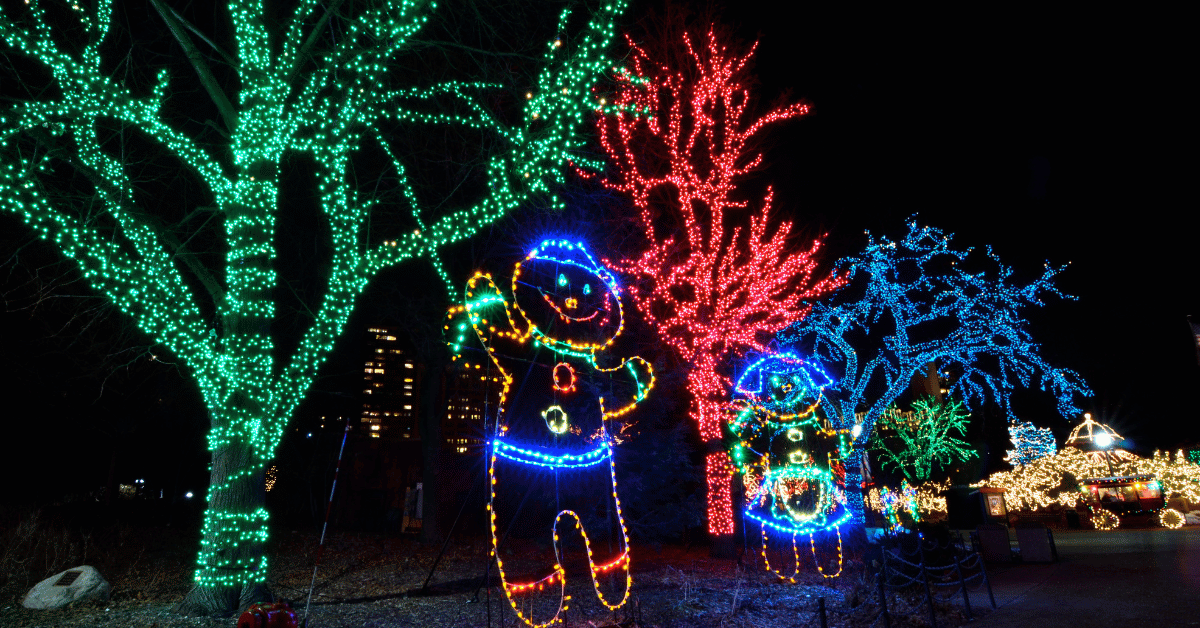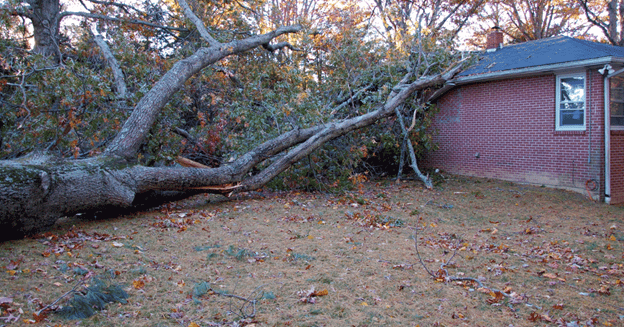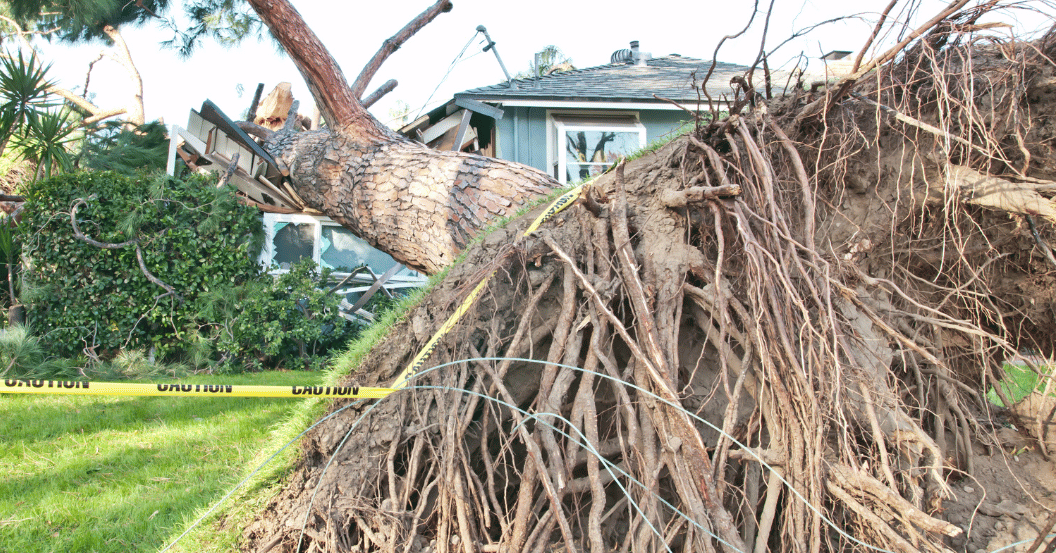Trees are not only a beautiful part of the landscape but also essential for the environment. However, trees can face various threats, and one of the most damaging is the presence of borers. Borers are insects that tunnel into trees, causing harm and potentially leading to the tree's decline or death. In this article, we will explore how to identify tree borers, the common types of borers that affect trees, and preventive measures to protect your trees.
Understanding Tree Borers
Tree borers are a diverse group of insects belonging to various families. Still, they share a typical behavior: they lay their eggs on, in, or near trees.
The larvae, after hatching, tunnel into the tree's wood, where they feed, grow, and develop. This activity can weaken the tree, disrupt its nutrient and water transport systems, and create entry points for diseases.
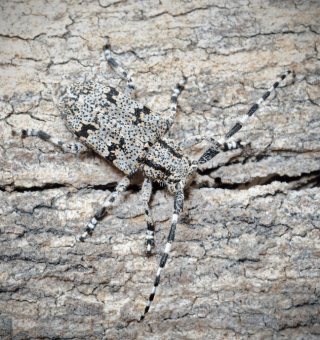
Common Types of Tree Borers
- Cottonwood Borer: These giant beetles typically infest poplar and willow trees. They have distinctive white markings on their bodies and can cause significant damage.
- Bronze Birch Borer: As the name suggests, these borers primarily target birch trees. They have bronze-colored bodies and are known for their destructive impact on birch trees.
- Locust Borer: This borer prefers locust trees and is characterized by its striking yellow and black patterns. They lay their eggs on the bark, and the larvae bore into the wood.
- Emerald Ash Borer: Perhaps one of the most infamous borers, the emerald ash borer has caused widespread devastation among ash trees. They have metallic green bodies and leave distinct D-shaped exit holes.
- Rhododendron Borer: Rhododendron borers target, as the name suggests, rhododendron and azalea shrubs. They can weaken these ornamental plants.
- Flatheaded Appletree Borer: These borers affect hardwood trees, including apple and oak trees. Their larvae have flattened heads and burrow into the tree.
- Flatheaded Borers (Scolytinae): This group includes smaller borers like the shothole borer and the oak ambrosia beetle, which create small entry and exit holes.
- Lilac Borer: As the name implies, lilac borers target lilac shrubs. They can be challenging to detect and often cause sudden shrub decline.
- Longhorned Beetles: These large beetles, with distinctive long antennae, can affect various trees, including hardwoods and softwoods. Their larvae bore into the wood.
- Peachtree Borer: This borer is a significant threat to peach and other fruit trees. They often attack the trees near the ground, leading to tree decline.
- Carpenterworm: While not exclusive to trees, carpenterworms can damage hardwood trees, including oak and maple. They leave behind sawdust-like frass.
- Dogwood Borer: As the name suggests, these borers target dogwood trees. They can be challenging to control, and infestations often lead to wilting and dieback.

Identifying Signs of Borer Infestations
Early detection of borers is crucial for effective management. Here are common signs and symptoms that may indicate a tree has a borer infestation:
- Exit Holes: Borers often leave small, round, or D-shaped exit holes in the tree's bark. These holes are where mature borers emerge.
- Sawdust or Frass: Look for powdery, sawdust-like material (frass) at the tree's base or in crevices on the trunk. This is a result of the borers' tunneling.
- Wilting or Discolored Foliage: If a tree has a borer infestation, you may notice wilting, yellowing, or browning of the leaves or needles, often starting at the tree's crown.
- Dieback: Sections of the tree may die back, with branches or limbs losing their leaves and becoming brittle.
- Weakened Branches: Borers can weaken branches, making them more susceptible to breakage, especially in windy conditions.
- Canker-Like Lesions: Some borers cause canker-like lesions or sunken areas on the tree's trunk or branches.
- Peeling Bark: Borers can cause the bark to peel away, revealing tunnels or galleries beneath.
- Visible Larvae or Adult Insects: In some cases, you may be able to spot the larvae or adult borers on the tree's trunk or branches.
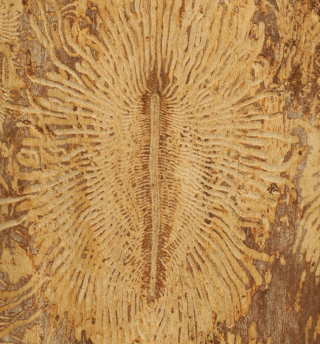
Can a Tree with Borers Be Saved?
Whether a tree with borers can be saved depends on several factors, including the extent of the infestation, the tree's overall health, and the promptness of intervention.
In some cases, early detection and appropriate treatment can help save the tree. However, for severely infested or weakened trees, removal may be the best option to prevent the spread of borers to nearby trees.
Preventive Management for Borers
- Regular Inspection: Regularly inspect your trees, particularly during the growing season. Early detection can help prevent infestations from becoming severe.
- Select Resistant Tree Species: When planting new trees, consider species less susceptible to borers in your area.
- Pruning and Sanitation: Remove and destroy infested branches, as well as any branches that have died or are in poor health. This reduces potential borer breeding sites.
- Maintain Tree Health: Keep your trees healthy by providing proper irrigation, mulching, and fertilization. Healthy trees are better able to defend against borers.
- Chemical Treatments: In cases of severe infestations or for high-value trees, insecticides may be necessary. Consult with an arborist or tree care professional for guidance on appropriate treatments.
- Professional Assistance: For significant or recurring borer problems, it's advisable to seek professional help. Arborists and tree care specialists can provide expert advice and treatment options.
Contact Strobert Tree Services
We are leaders in tree pest and disease management in Delaware, Pennsylvania, Maryland, and New Jersey. Our experienced team can assist with borer infestations, tree health, and overall tree care to help protect your valuable trees from these damaging pests.
Identifying tree borers and recognizing the signs of an infestation is essential for the well-being of your trees. Early detection and proactive management are vital to preventing extensive damage and preserving your trees' health and beauty.


